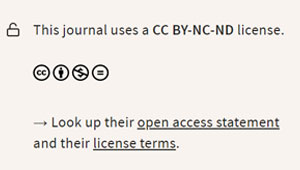Juan Carlos Arenas Gálvez
DOI: 10.59427/rcli/2023/v23cs.4363-4369
At present there are regions and departments where forest fires usually occur, regions located between the mountains and the jungle that annually present a higher rate of forest fires, accidents that belong to natural disasters but that nevertheless through various studies it has been reached the conclusion that many of them are caused by human beings, in an effort to carry out land management practices and agricultural activities in which having an inadequate plan end up burning the land causing forest fires, where there are infinities of losses, not only talking about the territory and the amount of burned hectares, but also the losses of flora and fauna, in many cases human losses, but above all something that affects the entire country and the world population, environmental pollution that contributes to climate change. That is why, in our country, as there is no duly specialized entity for fire management during forest fires, many entities and institutions are resorted to intervening where through institutional agreements they provide human and technological support to resolve the power of the fire, coming to need on many occasions the support of other countries to be able to control a large fire. The armed forces are an institution created with the purpose of defending the sovereignty of our territory, however, they are an institution that helps in the intervention of forest fires, providing support and support in the face of accidents, seeking to prevent, control and rehabilitate disasters. caused by forest fires. It is precisely for this reason that there was a need to verify how the armed forces intervene in disaster risk management in forest fires? How is their intervention at an international level? of a systematic literature review, where by means of an exhaustive search under great search criteria and methodologies, the corresponding ones can be determined by both national and international authors, who contributed to the research, resulting in the investment of the armed forces being effectively positive for disaster risk management in forest fires, and notably broadening the panorama of their intervention at the national level, we found ourselves in the need to classify said intervention of the Armed Forces, according to our current regulations, in order to provide legal security to the institutions, in addition, said analysis leaves us with the on the recommendation of creating specialized institutions for each natural disaster, which not only controls but also prevents the disaster by improving the quality of life, people, animals, plants and our environment as protected assets.
Pág 4363-4369, 31 Dec








